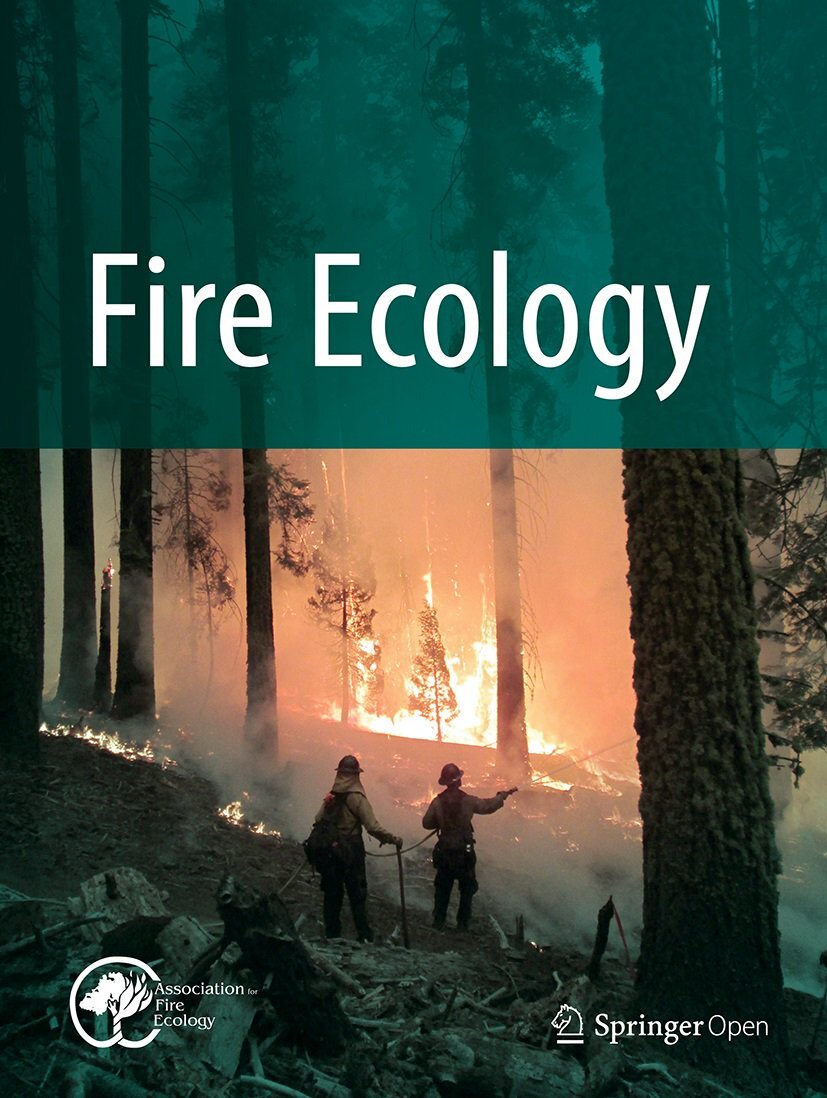March 18th, 2025 at 1pm EST
Abstract: Historical and contemporary policies and practices, including the suppression of lightning-ignited fires and the removal of intentional fires ignited by Indigenous peoples, have resulted in over a century of fire exclusion across many of the United States’ landscapes. Within many designated wilderness areas, this intentional exclusion of fire has clearly altered ecological processes and thus constitutes a fundamental and ubiquitous act of trammeling. Through a framework that recognizes four orders of trammeling, we demonstrate the substantial, long-term, and negative effects of fire exclusion on the natural conditions of fire-adapted wilderness ecosystems. In order to untrammel more than a century of fire exclusion, the implementation of active programs of intentional burning may be necessary across some wilderness landscapes. We also suggest greater recognition and accommodation of Indigenous cultural burning, a practice which Tribes used to shape and maintain many fire-adapted landscapes for thousands of years before Euro-American colonization, including landscapes today designated as wilderness. Human-ignited fire may be critical to restoring the natural character of fire-adapted wilderness landscapes and can also support ecocultural restoration efforts sought by Indigenous peoples.
Presented by: Clare Boerigter
Clare Boerigter is the Wilderness Fire Research Fellow for the Aldo Leopold Wilderness Research Institute, part of the U.S. Forest Service's Rocky Mountain Research Station. Clare's research focuses on federal wilderness fire management, including the challenges, barriers, and benefits to the use of prescribed fire in wilderness landscapes.



